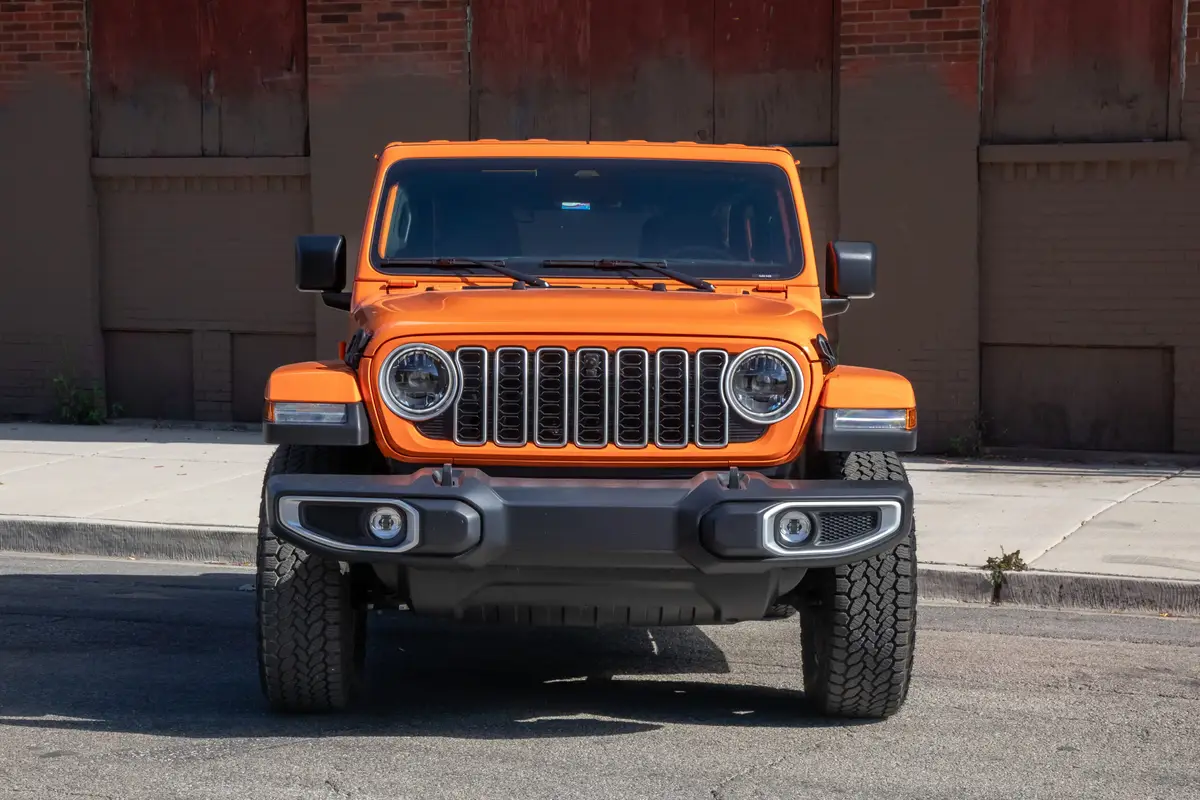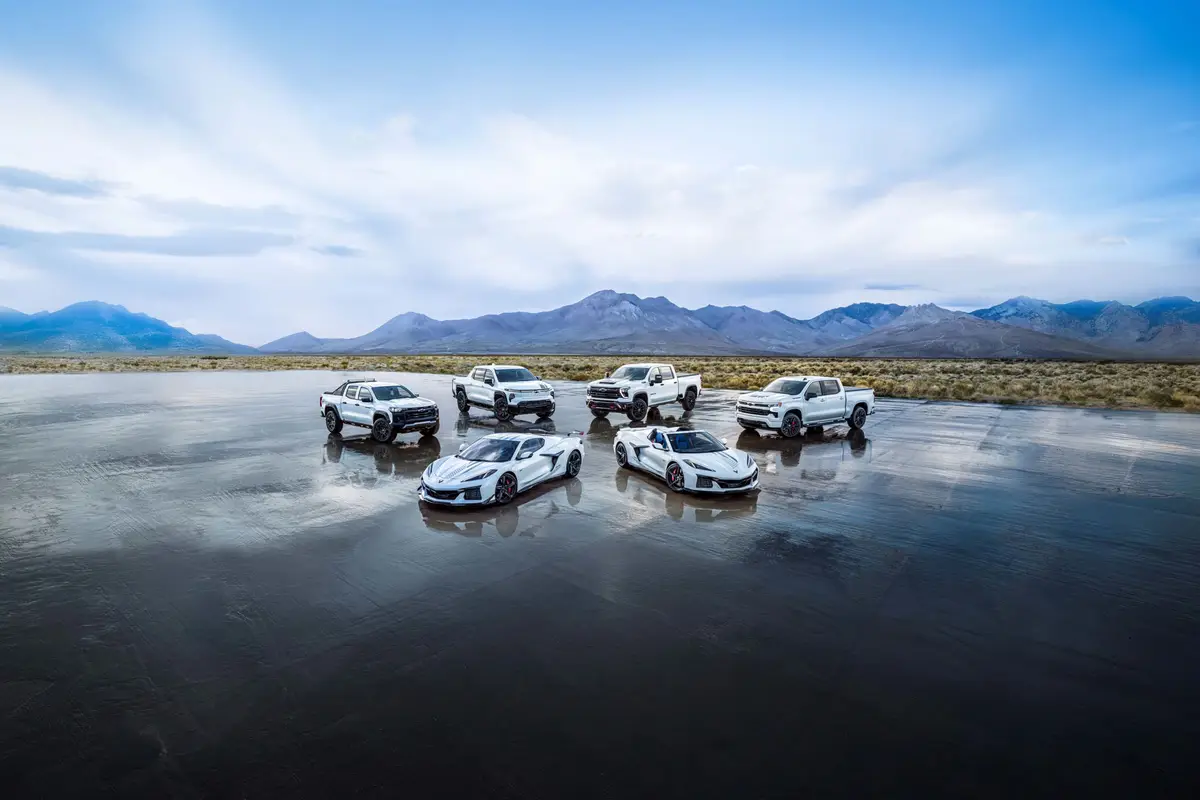The Morning Call and Mcall.com's view
Defining the Lincoln Mark VII LSC is more difficult than driving it. The LSC stands for luxury sport coupe which should give a clue to its nature. However, this is sort of misleading. The LSC is certainly luxurious and it certainly is a coupe. But I’m not sure about the sport part, which usually brings to mind a small European-type car. The Mark VII is anything but that.
It is big, it is mean and it is very American. In fact, it might just be the epitome of that good old American automotive phenomenon – the factory performance car, or, as it is more affectionately known, the muscle car. Yes sir, it could be in a class by itself – the luxury muscle car. Or, what the successful executive drives when it is no longer possible to drive a Mustang GT.
For those who enjoy performance and big cars, the LSC should give one pause to think. It has all the luxury one could ask for, plus good looks, four-wheel disc ABS (antilock braking system), a sophisticated electronic air suspension system and a high-output, multiport fuel-injected V-8. The LSC is definitely not a car for everybody but if someone has lots of bucks to throw around, it could be a lot of fun.
Since its looks are the first thing people will notice, we’ll start there. The Mark VII’s styling still remains somewhat unique after four years. First introduced in the 1984 model year, the Mark VII looked like a bigger version of the Ford Thunderbird, which was introduced the year before and was the first of Ford Motor Co.’s ”aero” cars. The aero-look – emphasizing aerodynamics and soft rounded lines – was applied to other Ford products and no doubt helped with the company’s success over the past couple of years.
Anyway, the Mark VII has an individual look when compared with other luxury/sport coupes. Sure, if you look at it this way it sort of looks like a Mercedes-Benz and if you look at it that way it may remind one of a BMW. But, then, all cars of a similar type (such as expensive coupes) do have a tendency to look alike. The Mark VII, though, is easy to recognize by its vestigial rear mounted spare tire. The spare tire, of course, went out with the original Lincoln Continental but the bulge in the trunk deck (on the Mark and Continental) remains until today.
Although the Mark VII is a fair-sized car – wheelbase, 108.5 inches; length, 202.8; width, 70.9; height, 54.2, and curb weight, 3,772 pounds, the interior isn’t really roomy. Since it is a ”personal/luxury” coupe, this is no surprise, nor is it a drawback. The two front seats will hold drivers and passengers of all sizes and shapes (something even a subcompact can do) but rear seat passengers, unless they are children or very small adults, will be a bit cramped. This discomfort, however, will be mitigated by the fine leather upholstery.
The driver really gets all the breaks in the LSC. There’s a great-looking instrument panel, a whole b unch of nifty switches, a trip computer to wile away the hours on the road, and digital read-out compass and thermometer on the overhead console. The last two items may sound a bit much but the thermometer could help a driver determine the condition of the road when the temperature is near the freezing mark. An other interesting touch is the thick, leather-bound steering wheel. And this isn’t just a decoration. Here is a car with a lot of handling potential and, don’t forget, it all starts at the steering wheel.
The LSC’s suspension is built around an electronic air suspension that provides automatic constant front-to-rear and side-to-side self-leveling. Combined with nitrogen-dampened shock absorbers in the rear and nitrogen- charged MacPherson struts up front, the computer-controlled air spring system provides both good handling and a good ride. This is one of these systems where you really don’t have to give it too much thought. It will compensate for lo d, roll, pitch and what ever other factor happens to be present itself.
Keeping all of this firmly planted to the road are big P225/60R16 tires mounted on cast aluminum 16- by 7-inch wheels. The tires are the new-for-this- model-year Goodyear GT+4 all-season performance tires. The power rack-and- pinion steering is tightened up (over the more luxury-oriented Designer series model) and the steering wheel will go from lock-to-lock in only 2.46 turns. This would be considered tight steering on a sports car. When everything is added together, here is a car that you can wheel, deal and/or squeal. It may be big but it is oh-so-willing to take on curves, cloverleafs and corners.
Another feature on the LSC that will make the driver look a little better is ABS (antilock braking system). ABS is a fairly new development for passenger cars but has been increasing in use over the past couple of years and hopefully will be standard on all cars in the near future. ABS, in simple terms, prevents skid-producing wheel lock-up and this will help a driver maintain steering control during emergency or panic stops. The system works well on dry, icy or rain-slick surfaces; all conditions the test car encountered.
Lincoln’s ABS has a lot in common with other such system. For example, each of the LSC’s four wheels is equipped with an electronic sensor that monitors the wheel’s speed. If a sensor identifies the rapid slowing of any one of the wheels, it sends the message to a microprocessor which compares the wheel’s speed with that of the other three wheels. If the microprocessor detects approaching lockup in any wheel, it activates a pulsing action in that wheel’s brake system. The on-and-off pulsing action (it feels as if the brake pedal is fighting back) prevents lockup, helps maintain control and allows the car to stop more quickly under most road conditions. Keep in mind, however, ABS will not compensate for stupid driving.A driver still has to drive according to road conditions.
And, again, here’s a system that one need not know anything about. Just do the braking and the ABS will do the thinking.
Powering the LSC (and the Designer series for that matter) is one of the most powerful engines offered these days and the same engine used in the Mustang GT: the 5.0 liter/302 cubic inch V-8. The V-8 is rated at 225 horsepower at 4,000 rpm and 300 foot pounds torque at 3,200 rpm. In addition to its sequential multiport fuel-injection system, the engine features tubular headers, dual exhaust, performance camshaft, low friction roller tappets and tuned cast-aluminum intake manifold. Sounds like the old days. But what is even more impressive is that a souped-up engine like this can meet emission standards and get decent fuel mileage.
When you lay your foot into this creature, it moves. Zero-to-60 will take less than nine seconds and it can pass another car in safety in only a sho rt distance. The four-speed automatic transmission is perfectly matched to it and gives power at the low end and low rpm at the other end. At 55 mph, the engine (according to the tachometer) is only turning over about 1,350 rpm.
So, if driven halfway sensibly, the LSC will provide decent fuel mileage. The test car averaged 14 miles per gallon for city driving and 24 mpg over the highway. Premium gasoline must be used.
Base price on the Mark VII LSC is $25,068 and includes enough standard equipment for two cars. The total price on the test vehicle came to $26,288. Other expenses included, destination and delivery, $524; Traction-Lok axle, $101; automatic dim day/night mirror, $89, and Ford JBL audio system, $506. The Mark VII is protected by a limited warranty on major components for six years or 60,000 miles and a warranty on corrosion perforation for six years or 100,000 miles.
Latest news



